Where did the snippets come from?
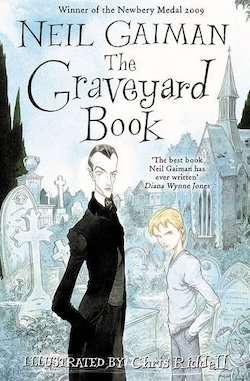
The Graveyard Book, by Neil Gaiman
Modelled on Rudyard Kipling's The Jungle Book, this is the story of an orphan called Nobody Owens who is adopted by the undead inhabitants of a local graveyard and protected from the men who would kill him.
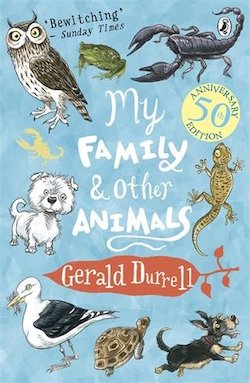
My Family and Other Animals, by Gerald Durrell
When British naturalist Gerald Durrell was a child, his family moved to the Greek island of Corfu. This is his memoir of the time, about a family out of their element and surrounded by wild animals.
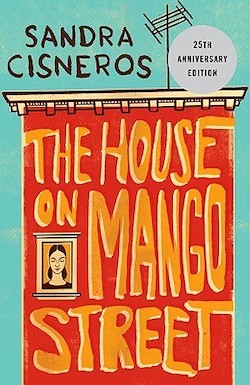
The House on Mango Street, by Sandra Cisneros
A portrait of a Latina girl growing up in Chicago who longs to escape from the oppressive and controlling men in her community and be free to live her own life. Beautiful, poetic, moving.
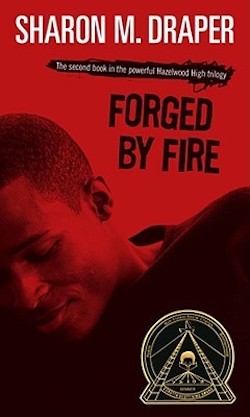
Forged by Fire, by Sharon M. Draper
The story of a teenage boy who struggles to escape a cycle of family violence and poverty. Full of escalating drama.
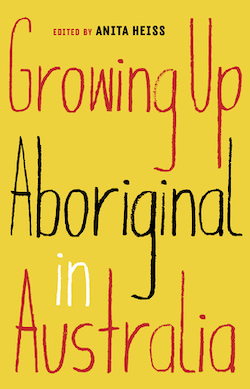
Growing Up Aboriginal in Australia, edited by Anita Heiss
A collection of personal stories from Aboriginal Australians of all ages and backgrounds, about the shared struggles and joys of being First Nations in a colonial state, and the diversity of individual experience.
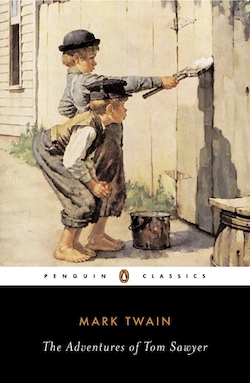
The Adventures of Tom Sawyer, by Mark Twain
The Adventures of Tom Sawyer feature truancy, scams, piracy, murder, grave-robbing, romance, and buried treasure. An American classic.
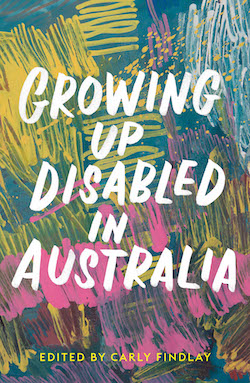
Growing up Disabled in Australia, edited by Carly Findlay
A collection of honest, personal, and detailed accounts of what it is like to grow up with disability or chronic illness. A great shared account of experiences that affect many people, but are rarely represented in media.
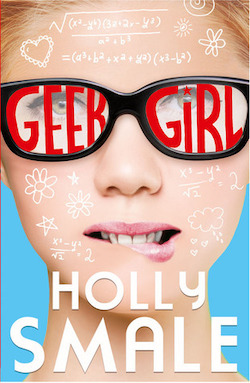
Geek Girl, by Holly Smale
Harriet Manners is a wildly misunderstood nerd at school, but when she is scouted by a modelling agent, she thinks shes a way to transform herself. But she's mostly wrong.
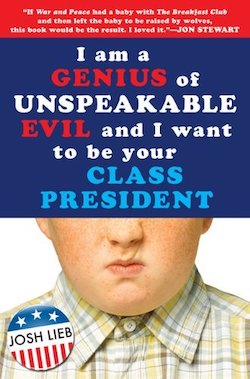
I Am a Genius of Unspeakable Evil, and I Want to Be Your Class President, by Josh Lieb
Very funny story of a 13 year-old who is hell-bent on world domination, and is well on his way towards achieving it, when he gets sucked into proving that he can win his school election.
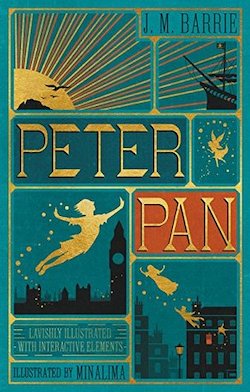
Peter Pan, by J.M.Barrie
The story of a boy who can fly and refuses to grow up, and a family of children he leads to magical island of Neverland. More lyrical and melancholy than you might think.

